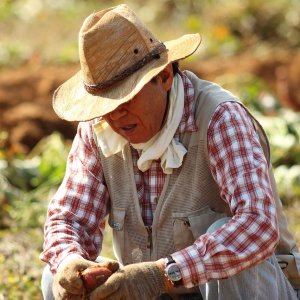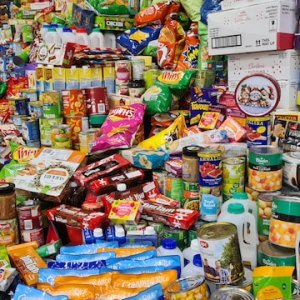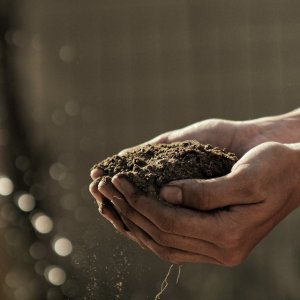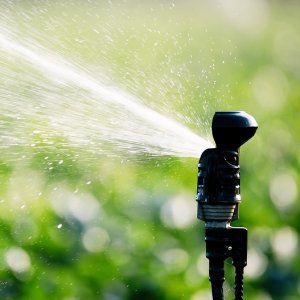
Mexico Expands Its Farming Relationships
 By Sofía Hanna | Journalist and Industry Analyst -
Thu, 03/25/2021 - 14:02
By Sofía Hanna | Journalist and Industry Analyst -
Thu, 03/25/2021 - 14:02
Small Mexican producers are being considered a priority by the National Service of Agrifood Health, Safety and Quality (SENASICA), the National Agricultural Council (CNA), the UN and the Ministry of Agriculture and Rural Development (SADER). During a virtual meeting between the SENASICA and CNA, participants agreed to strenghten technical cooperation to promote development and training on food safety, animal and plant health.
The government is also making a petition at the UN World Summit on Agri-Food Systems to include poor farmers and consumers in development efforts, "The future of agri-food systems is still uncertain but we do know that we must take measures to not continue marginalizing millions of small producers who remain in poverty," Minister of Agriculture and Rural Development Víctor Villalobos stated during a regional forum. One of these initiatives is Producción para el Bienestar (Production for Well-Being), with which the Mexican government hopes to boost agriculture in some of the areas most affected by the economic crisis brought by COVID-19. To date, close to 400,000 farmers in Chiapas and Veracruz have benefited from this program.
Interested in more? Here are the week's major headlines in Agribusiness and Food!
- Mexico was invited by Morocco to participate in its 2022 agri-food fairs. Technicians and scientists from both countries will participate in virtual and face-to-face conferences to learn about and share methodologies on various advances in the sector, according to an official SADER release. This could be beneficial for Mexican agriculture and it could help to grow exports, which now include chickpea, pepper, beer, walnut, coffee, tequila and chocolates, and imports of pepper seeds, essential oils, capers, sardines, thyme and olives.
- Sixteen states, among them Chiapas, Tabasco and Veracruz, were ranked among the main banana producers. Only these three states generated more than 60 percent of the total national production, which reached 2.469 million tons. The average per capita banana consumption is 14.4kg per year. Banana also represents 10.1 percent of the national fruit production.
















